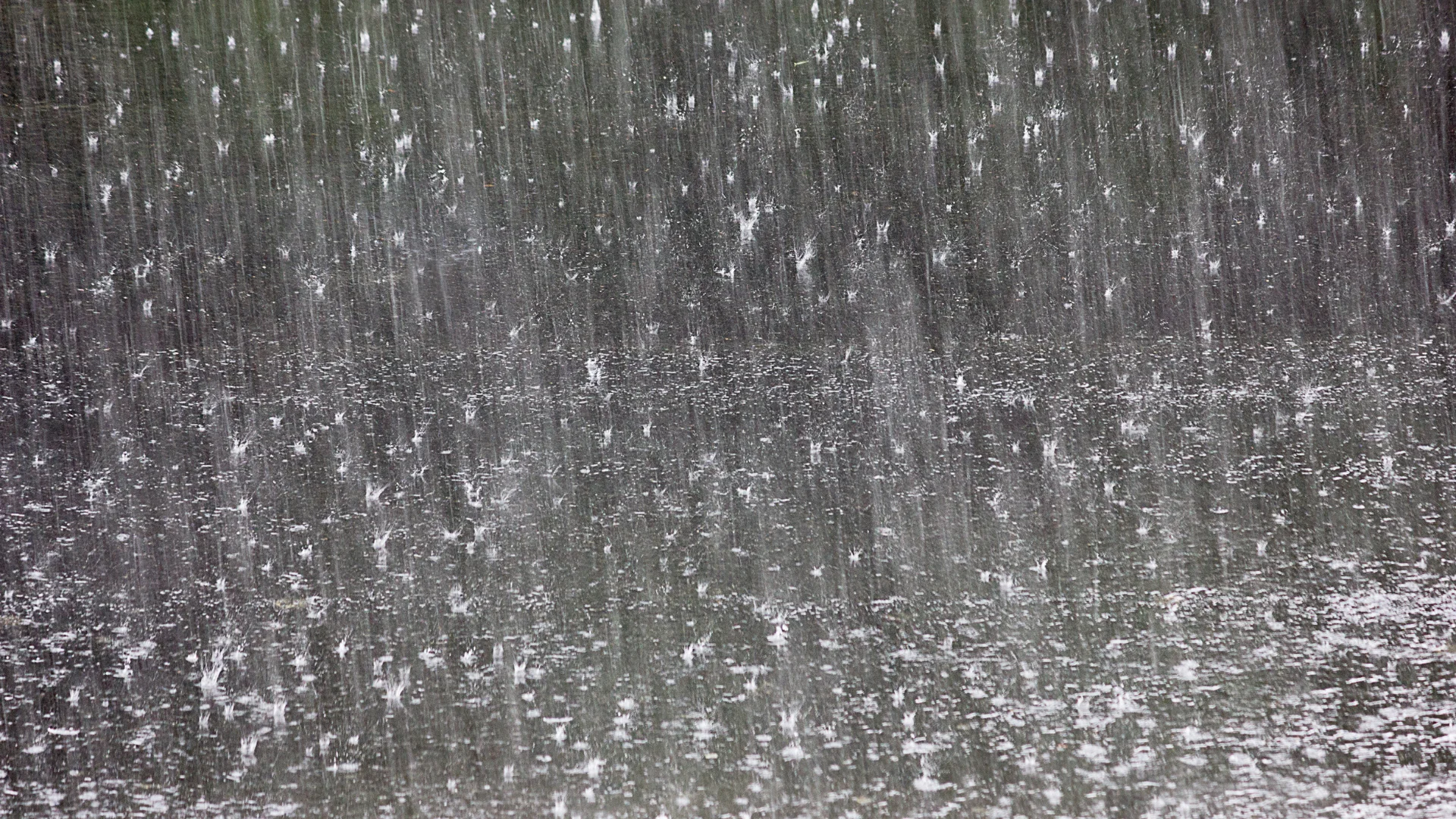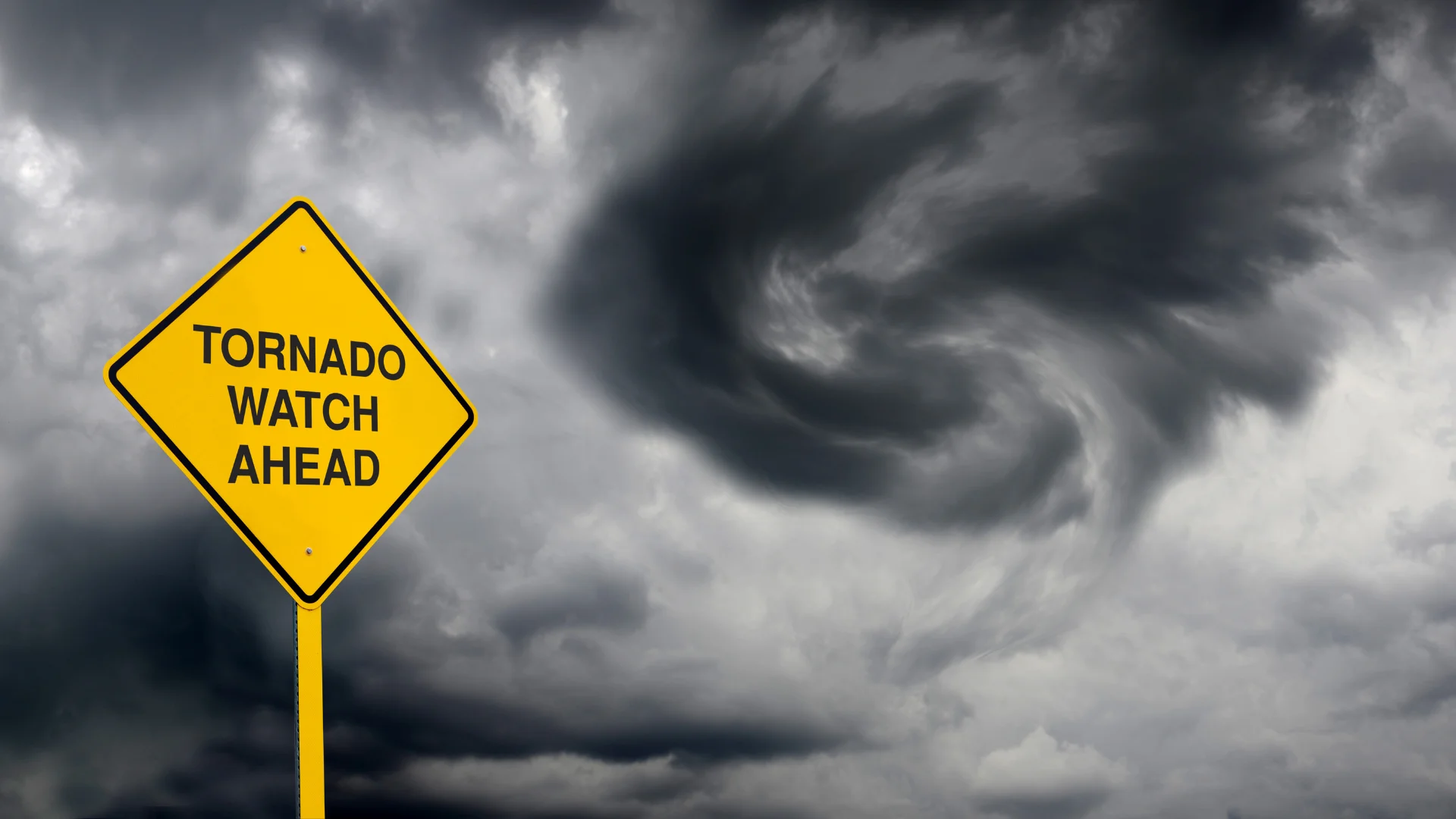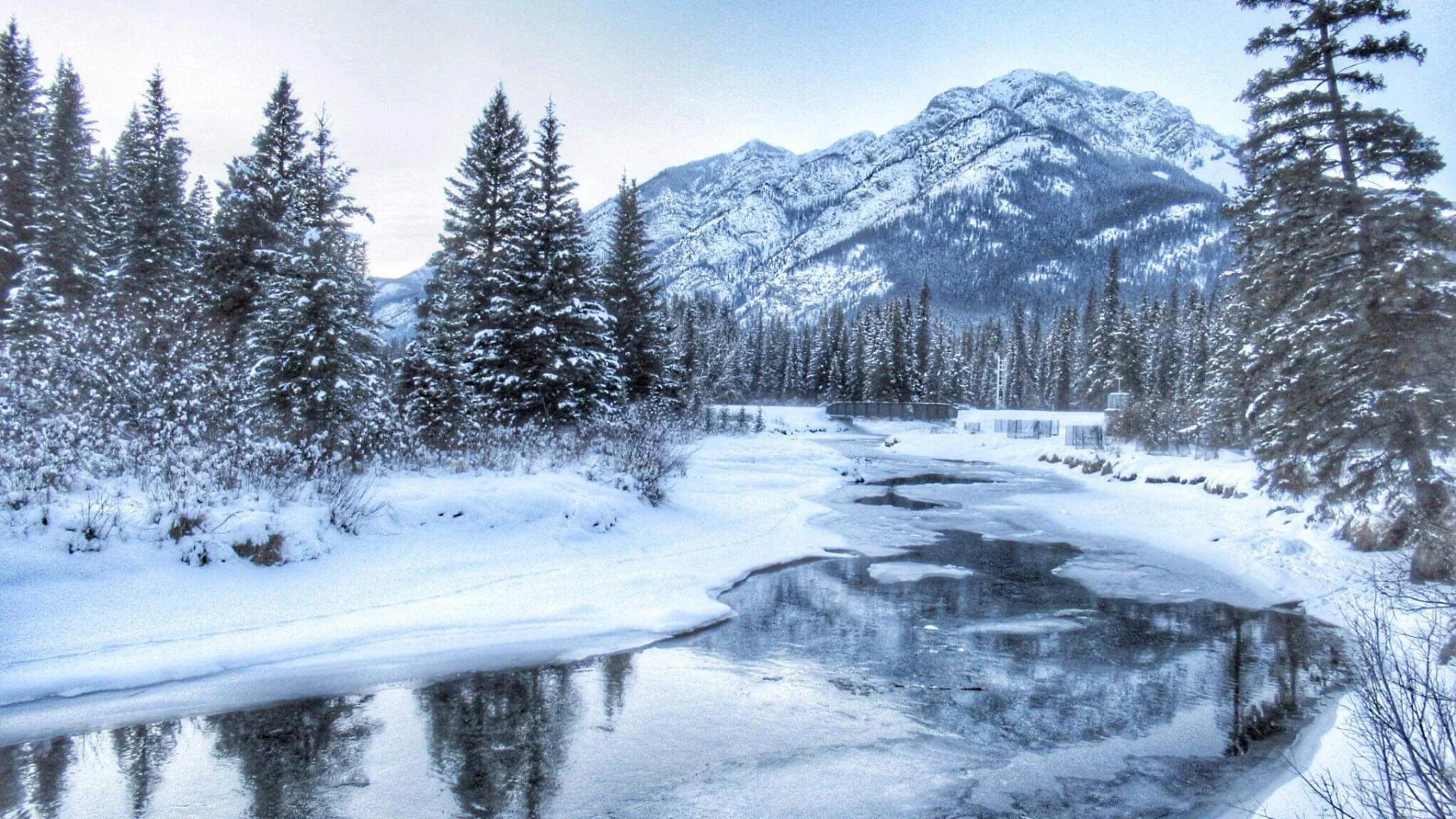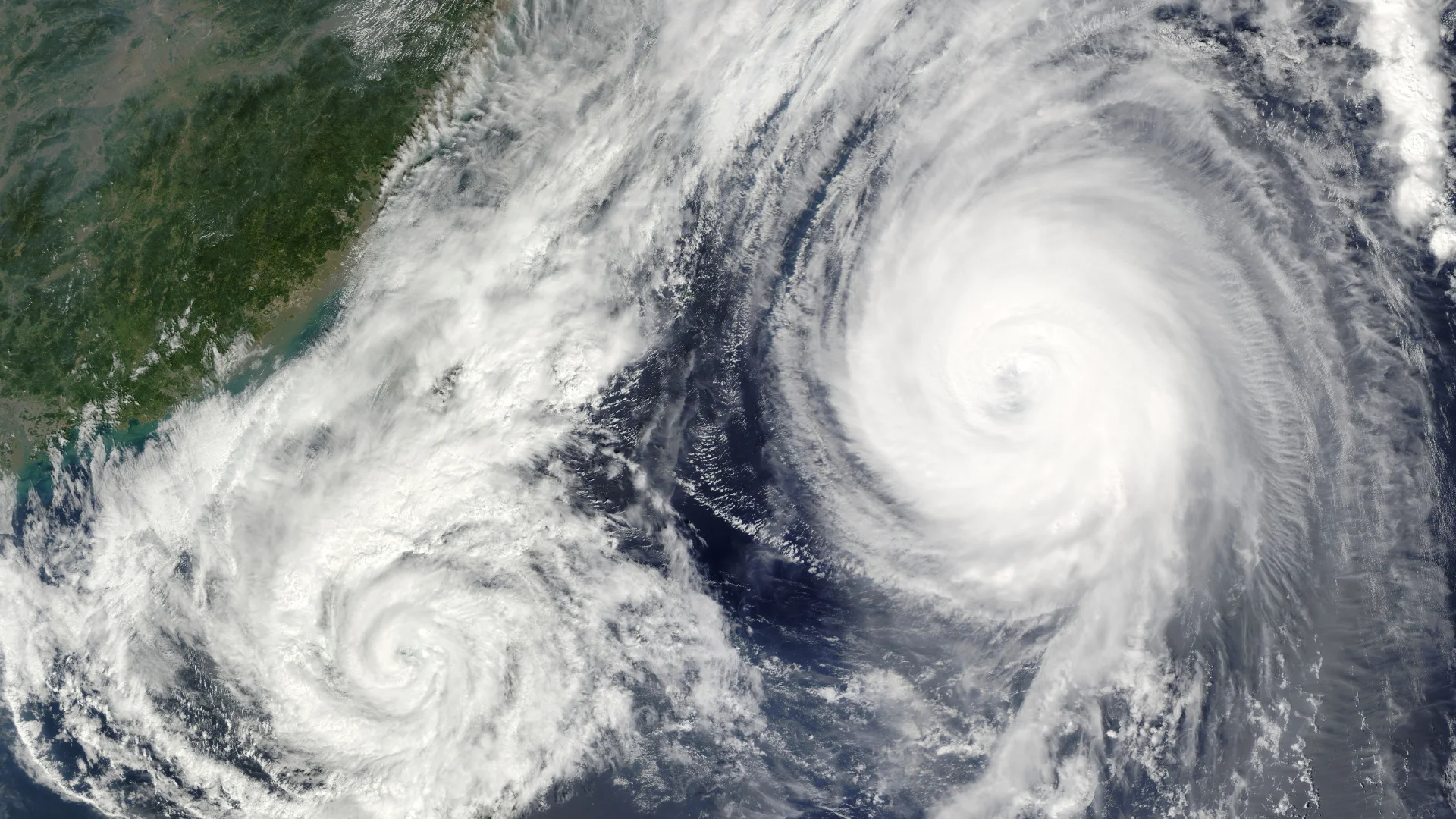
Explore our blog for helpful articles about UV safety, weather updates, and healthy outdoor living. Stay informed and make every sunny day a safe one!
Popular articles
Photo: Freepik.com, jplenio1
When winter headlines warn of a bomb cyclone, it sounds dramatic — and for good reason. But what is a bomb cyclone, really? Despite the explosive name, it’s not a bomb or a typical hurricane. A bomb cyclone is a rapidly intensifying storm system that can bring fierce winds, heavy snow, flooding rain, and dangerously low temperatures across large areas of the United States. In this article, we’ll explore the bomb cyclone definition, how it forms, why it’s different from other storms, and how to stay safe when one strikes.
What Is a Bomb Cyclone?
In simple terms, a bomb cyclone (also called a cyclone bomb or bombogenesis) is a powerful midlatitude storm that intensifies very quickly. Meteorologists define a bomb cyclone as a storm whose central air pressure drops by at least 24 millibars in 24 hours. This rapid pressure fall is what gives the storm its “explosive” name — the system “bombs out,” meaning it strengthens dramatically in a short time.
According to the National Oceanic and Atmospheric Administration (NOAA), bomb cyclones are extratropical systems, meaning they form outside the tropics. They often develop where cold, dry air from the Arctic meets warm, moist air from the ocean. This clash of air masses fuels rapid intensification, turning a normal low-pressure system into a dangerous weather event.
In scientific terms, this process is called explosive cyclogenesis — the meteorological term for what most people know as a bomb cyclone storm.
The Science Behind a Cyclone Bomb
To understand what is a bomb cyclone storm, it helps to look at how atmospheric pressure works. The lower the pressure at the center of a storm, the stronger it becomes. When a storm’s pressure drops extremely fast, the winds around it accelerate to balance the pressure difference — similar to how air rushes into a vacuum.
The process usually begins over the ocean, where warm surface waters provide energy and moisture. As the storm intensifies, air spirals inward and upward, creating thick clouds and powerful wind fields. In winter, these systems can drag Arctic air deep into the U.S., causing blizzards, freezing rain, and dangerously low wind chills.
According to Britannica, a bomb cyclone “results from explosive cyclogenesis in which surface pressure falls substantially over a 24-hour period.” It can produce heavy precipitation ranging from intense thunderstorms to blizzards.
Bomb Cyclone vs. Hurricane — What’s the Difference?
At first glance, a bomb cyclone might seem like a winter hurricane, but they are not the same. A hurricane is a tropical cyclone, fueled by warm ocean waters and forming near the equator. A bomb cyclone, on the other hand, is an extratropical cyclone, forming outside the tropics where warm and cold air masses collide.
While both feature low pressure and strong winds, bomb cyclones can form in much colder environments and bring a mix of rain, snow, and ice. They are most common in the North Atlantic and North Pacific Oceans, particularly off the U.S. East Coast — where they are often called “nor’easters.”
In 2022 and 2023, several major bomb cyclones made headlines across North America, producing widespread power outages, heavy snow, and dangerously cold air that stretched from the Great Plains to New England.
What Makes Bomb Cyclones So Dangerous?
A bomb cyclone’s rapid intensification can catch unprepared regions off guard. The sudden pressure drop leads to hurricane-force winds, whiteout conditions, and storm surges along coastlines.
Here are the primary hazards associated with these systems:
- Extreme Winds: Gusts can exceed 70–80 mph, downing power lines and trees.
- Heavy Snowfall: Some bomb cyclones produce several feet of snow in less than two days.
- Blizzard Conditions: Reduced visibility and icy roads make travel extremely dangerous.
- Coastal Flooding: Low pressure and high winds push seawater inland, causing coastal flooding and erosion.
- Rapid Temperature Drops: The cold front behind the system can cause a flash freeze — where wet surfaces instantly turn to ice.
Because these storms can stretch across thousands of miles, their impacts often affect multiple states simultaneously.
Recent Examples of Bomb Cyclones
- December 2022 U.S. Bomb Cyclone: Known as the “Christmas Blizzard,” this storm caused widespread power outages and at least 60 deaths. It brought blizzard conditions to the Midwest and heavy snow from Colorado to New York.
- January 2018 East Coast Bomb Cyclone: This storm brought record-breaking snowfall and freezing temperatures as far south as Florida. Boston Harbor experienced some of its worst flooding in decades.
- March 2019 Colorado Bomb Cyclone: The “Bomb Cyclone Blizzard” shut down highways and airports across the central U.S., producing hurricane-force winds and whiteout conditions.
Each of these events met the bomb cyclone definition — a rapid 24-millibar drop in pressure over a single day — demonstrating just how fast and powerful these systems can become.
What Is the Meaning of Bomb Cyclone?
The bomb cyclone meaning comes from the term “bombogenesis,” coined by meteorologists Frederick Sanders and John Gyakum in the 1980s. The word “bomb” refers to the storm’s explosive development, not to any literal explosion. It’s a way to describe how dramatically the system’s central pressure “drops” or “bombs out.”
In short, the lower the pressure drops, the stronger the storm becomes — and the more intense its effects on wind and precipitation.
How to Prepare for a Bomb Cyclone Storm?
Understanding what is a bomb cyclone is only half the battle — preparation is key. Here are a few safety steps recommended by the National Weather Service (NWS):
- Stay informed: Watch local weather alerts and check forecasts for winter storm warnings.
- Stock up: Keep essentials like food, water, batteries, and blankets in case of power outages.
- Avoid travel: Stay off roads during peak storm hours to prevent accidents.
- Protect your home: Insulate pipes, seal windows, and ensure generators are ready for use.
- Dress for extreme cold: Hypothermia and frostbite can set in quickly during blizzard conditions.
Even though bomb cyclones are most common in coastal and northern regions, their effects can ripple far inland.
So, what is a bomb cyclone in simple terms? It’s an explosive weather system that strengthens rapidly, driven by extreme contrasts in air temperature and pressure. These bomb cyclone storms are some of the most powerful winter systems on Earth, capable of unleashing hurricane-force winds, record snowfalls, and dangerous cold.
As climate patterns continue to shift, scientists expect bomb cyclones to remain a significant winter threat, particularly in North America’s midlatitudes. Understanding what is a cyclone bomb — and how it forms — helps us stay prepared, informed, and safe.





